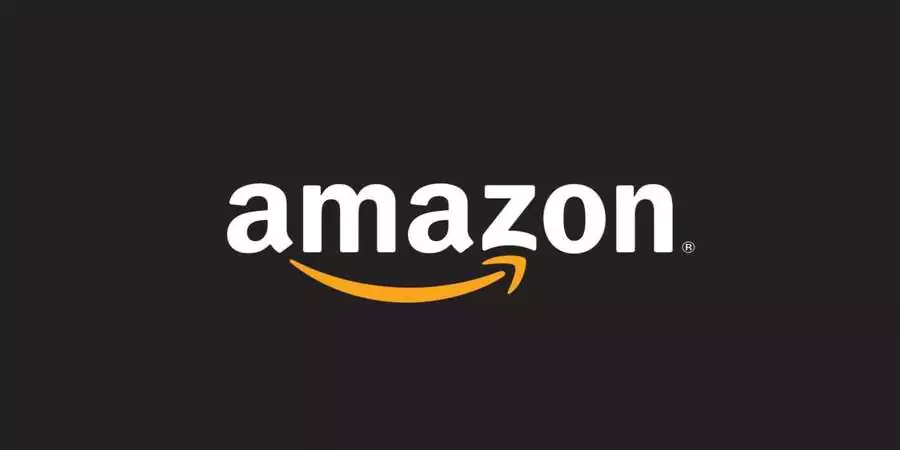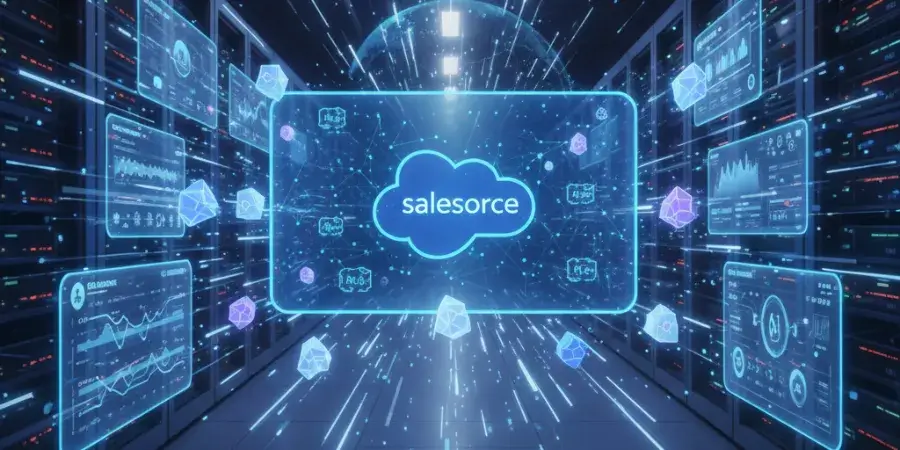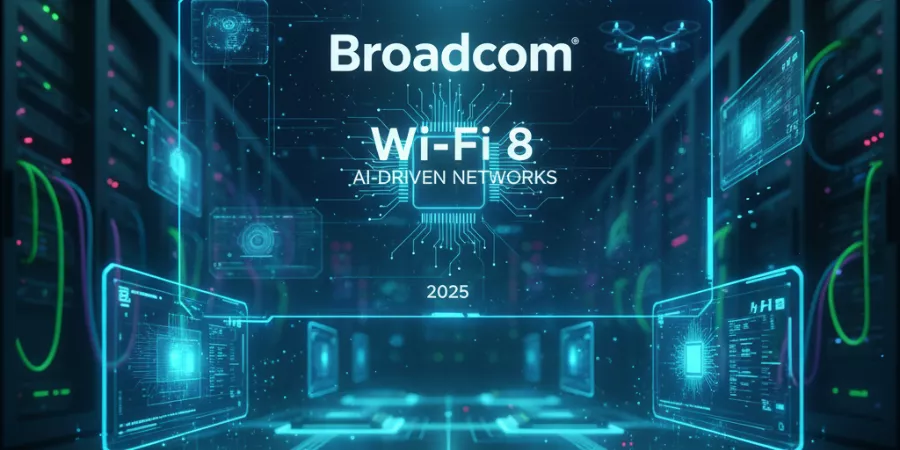Amazon’s cumulative $8 billion investment in Anthropic finalized with an additional $4 billion commitment in November 2024 represents more than venture capital opportunism. It signals AWS’s strategic response to Microsoft’s OpenAI partnership, which has generated an estimated $10 billion in Azure AI services revenue since 2023, according to Wedbush Securities analysis. While Microsoft captured early enterprise AI adoption through ChatGPT integration and Azure OpenAI Services, Amazon’s approach focuses on infrastructure control, chip independence, and enterprise-grade AI deployment through its Bedrock platform. This investment consolidates what analysts describe as the “AI stack war” where hyperscalers compete not just on models, but on the entire computational infrastructure, development tools, and deployment ecosystems that will power the next decade of enterprise AI applications.
The Investment Structure: Strategic Minority Positioning
Amazon’s $8 billion investment maintains Anthropic’s independence while securing critical commercial advantages. Unlike Microsoft’s majority economic interest in OpenAI (reportedly 49% of profits until investment recovery), Amazon structured its Anthropic investment to:
Preserve Anthropic’s Autonomy
Amazon holds minority equity with no board control, allowing Anthropic to maintain research independence and partnership flexibility. This structure addresses regulatory concerns about Big Tech consolidation the UK Competition and Markets Authority cleared Amazon’s investment in September 2024, while similar Microsoft-OpenAI arrangements face ongoing antitrust scrutiny.
Lock in AWS as Primary Infrastructure Partner
The investment agreement designates AWS as Anthropic’s primary cloud and training partner. Anthropic commits to training its foundation models including Claude 3.5 Sonnet and future iterations on AWS infrastructure, particularly Amazon’s custom Trainium2 chips. This creates multiyear compute revenue streams worth an estimated $2–4 billion, according to Evercore ISI projections.
Secure Exclusive AWS Bedrock Integration
Claude models integrate into Amazon Bedrock as first-party offerings, giving AWS customers native access to Anthropic’s capabilities. This positions AWS competitively against Azure OpenAI Services and Google Cloud’s Vertex AI, where competing models enjoy similar preferential treatment.
The Custom Silicon Advantage: Breaking Nvidia’s GPU Dominance
Amazon’s Trainium chip strategy represents a critical differentiator. Training large language models traditionally requires thousands of Nvidia H100 or A100 GPUs costing $25,000–$40,000 per unit, with typical large model training runs consuming $50–$200 million in compute resources.
Why Custom Chips Matter for AI Economics
Cost Efficiency
Amazon claims Trainium2 delivers 30–40% better price-performance than GPU alternatives for transformer model training. At scale, this translates to tens of millions in savings per major model training cycle. For Anthropic which trains multiple Claude versions annually this cost advantage compounds significantly.
Supply Chain Independence
Nvidia GPU shortages delayed AI deployments throughout 2023–2024, with enterprise customers waiting 6–12 months for hardware. Amazon’s vertical integration through custom silicon eliminates this dependency, ensuring Anthropic maintains training velocity without supply constraints.
Architectural Optimization
Trainium chips optimize specifically for transformer architecture the foundation of models like Claude, GPT-4, and Gemini. This specialization potentially delivers better performance than general-purpose GPUs for specific AI workloads, though independent benchmarks remain limited.
According to Anthropic co-founder Dario Amodei’s November 2024 statement, early Trainium2 testing showed “promising results for large-scale model training,” though the company continues using Nvidia GPUs alongside AWS silicon during the transition period.
Claude’s Enterprise Traction: Use Cases Driving Adoption
Anthropic positions Claude as the “safer, more controllable” alternative to ChatGPT emphasizing constitutional AI principles and reduced hallucination rates. This messaging resonates with regulated industries and risk-averse enterprises.
High-Profile Enterprise Deployments
Pharmaceutical Research (Pfizer)
Pfizer adopted Claude for drug discovery workflows, using the model to analyze scientific literature, identify drug interaction patterns, and accelerate early-stage compound screening. The pharmaceutical giant reported 30% faster literature review cycles in a June 2024 case study, though cost savings remain proprietary.
Government and Legal Applications (European Parliament)
The European Parliament implemented Claude to make 200+ million legislative documents searchable in 24 languages. The system enables policy researchers to query historical legislative context, amendment histories, and cross-national regulatory comparisons tasks previously requiring weeks of manual research.
Financial Services
Multiple Fortune 500 financial institutions use Claude through AWS Bedrock for regulatory compliance analysis, contract review, and risk assessment though most deployments remain confidential due to competitive sensitivity.
Bedrock’s Strategic Value
Amazon Bedrock differentiates by offering:
- Model portability: Organizations can switch between Claude, Meta’s Llama, Amazon Titan, and other models without infrastructure changes
- Security and compliance: AWS’s existing certifications (SOC 2, ISO 27001, FedRAMP) extend to AI workloads
- Data sovereignty: Enterprise training data never leaves AWS infrastructure or trains external models addressing data governance concerns
This architecture appeals to risk-averse enterprises hesitant to send proprietary data to external AI services.
The Competitive Landscape: Comparing Hyperscaler AI Strategies
Microsoft’s OpenAI Integration: Developer-First Approach
Microsoft’s $13 billion OpenAI investment (spread across multiple rounds since 2019) prioritized developer adoption through:
- GitHub Copilot (AI-assisted coding reaching 1.3 million paid subscribers)
- Azure OpenAI Services (exclusive enterprise access to GPT-4)
- Microsoft 365 Copilot (AI embedded in Word, Excel, PowerPoint)
This strategy generated estimated $10 billion in incremental Azure revenue for FY2024, per Wedbush Securities, by converting OpenAI’s consumer virality into enterprise infrastructure spend.
Google’s Dual-Model Approach: Internal + External Investment
Google maintains Gemini (internal development) while investing $2 billion in Anthropic hedging between proprietary and partnership strategies. This diversification addresses:
- Regulatory risk (reducing appearance of AI monopolization)
- Talent access (Anthropic employs former Google Brain researchers)
- Model diversity (offering customers choice between Gemini and Claude through Vertex AI)
However, Google’s divided focus may dilute competitive effectiveness compared to Microsoft’s unified OpenAI strategy or Amazon’s infrastructure-centric approach.
Amazon’s Infrastructure Play: Differentiated Positioning
Amazon’s strategy emphasizes:
- Custom silicon (Trainium/Inferentia) for cost-competitive AI infrastructure
- Model neutrality (Bedrock supports multiple providers, not just Anthropic)
- Enterprise-first (prioritizing B2B deployments over consumer applications)
This positions AWS as the “Switzerland of AI” offering infrastructure and choice rather than locking customers into proprietary models.
Regulatory Considerations: Navigating Antitrust Scrutiny
Major tech investments in AI startups face increasing regulatory examination:
UK Competition and Markets Authority (CMA)
Cleared Amazon’s Anthropic investment in September 2024, determining the partnership doesn’t substantially reduce competition. The CMA noted Amazon’s minority stake and Anthropic’s continued independence as mitigating factors.
European Commission
Investigating whether Microsoft’s OpenAI investment constitutes a “disguised acquisition” subject to merger review. The precedent could affect future Big Tech AI investments.
U.S. Federal Trade Commission (FTC)
Chair Lina Khan expressed concern about “interlocking relationships” between cloud providers and AI startups, suggesting potential future action if partnerships harm competition.
Amazon’s minority structure and multi-model Bedrock approach appear designed to withstand regulatory challenges by maintaining market openness.
Financial Implications: AWS’s AI Revenue Opportunity
Cloud providers generate AI revenue through multiple streams:
Training Infrastructure
Each major model training run consumes $50–$200 million in compute resources. If AWS captures 30–40% of Anthropic’s training spend, this generates $150–$300 million annually at current scale.
Inference Workloads
Deploying AI models for customer queries (inference) generates ongoing compute revenue. Enterprise Claude deployments through Bedrock create predictable, recurring infrastructure spend.
Developer Ecosystem
AWS benefits from customers building applications on Bedrock similar to how mobile app stores profit from developer ecosystems. Each Claude-powered application generates incremental AWS consumption.
Analysts project AWS AI services (including Bedrock, SageMaker, and custom chips) could reach $10–$15 billion annual revenue by 2026, per Morgan Stanley estimates representing 5–7% of total AWS revenue.
Strategic Outlook: Long-Term Competitive Positioning
Amazon’s Anthropic investment reflects three strategic bets:
1. Infrastructure Over Models
While OpenAI and Anthropic battle over model superiority, Amazon bets enterprises care more about reliable, secure, cost-effective infrastructure than marginal performance differences.
2. Custom Silicon Economics
If Trainium delivers promised cost advantages at scale, AWS could undercut GPU-dependent competitors on price while maintaining margin the classic Amazon playbook.
3. Regulatory Resilience
By maintaining Anthropic’s independence and offering multi-model choice through Bedrock, Amazon positions itself as less monopolistic than Microsoft’s tighter OpenAI integration potentially avoiding regulatory intervention.
The strategy’s success depends on:
- Trainium chip performance meeting production workload demands
- Enterprise adoption of Bedrock accelerating (currently behind Azure OpenAI Services in market share)
- Anthropic’s models remaining competitive with OpenAI and Google offerings
Conclusion: The Infrastructure Endgame
Amazon’s $8 billion Anthropic investment isn’t primarily about AI models it’s about controlling the infrastructure layer beneath them. While Microsoft captured headlines with ChatGPT integration and consumer AI adoption, Amazon quietly built the picks-and-shovels infrastructure for enterprise AI deployment.
The competitive question isn’t whether Claude beats GPT-4 on benchmarks, but whether AWS can make AI deployment so cost-effective, scalable, and secure that enterprises default to its infrastructure regardless of which models they use. If successful, this positions Amazon to capture value from AI adoption broadly not just from a single model provider’s success.
For enterprises evaluating AI strategies, the Amazon-Anthropic partnership signals increasing viability of multi-cloud, model-agnostic approaches that prioritize flexibility over vendor lock-in a shift that could reshape enterprise AI architecture for the next decade.
















